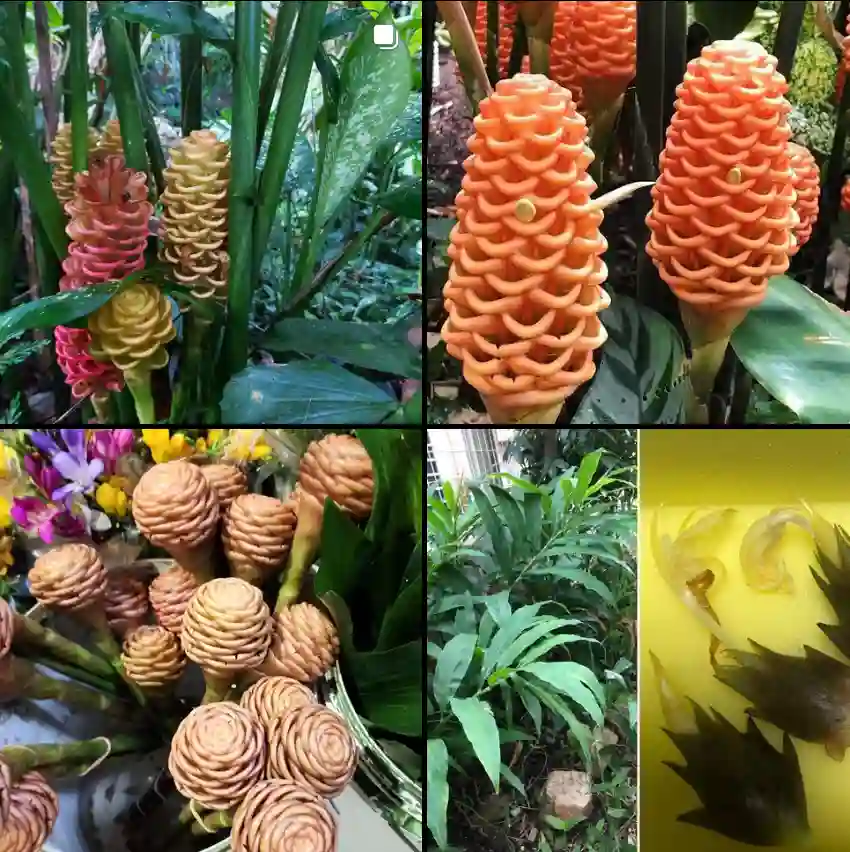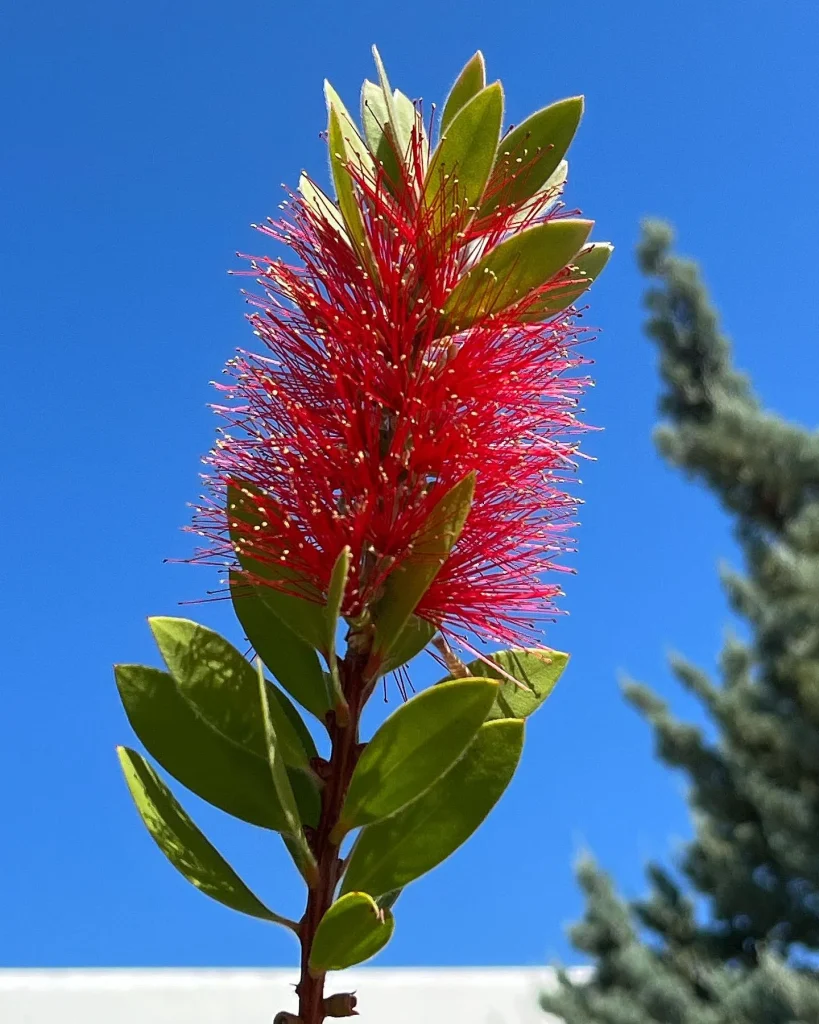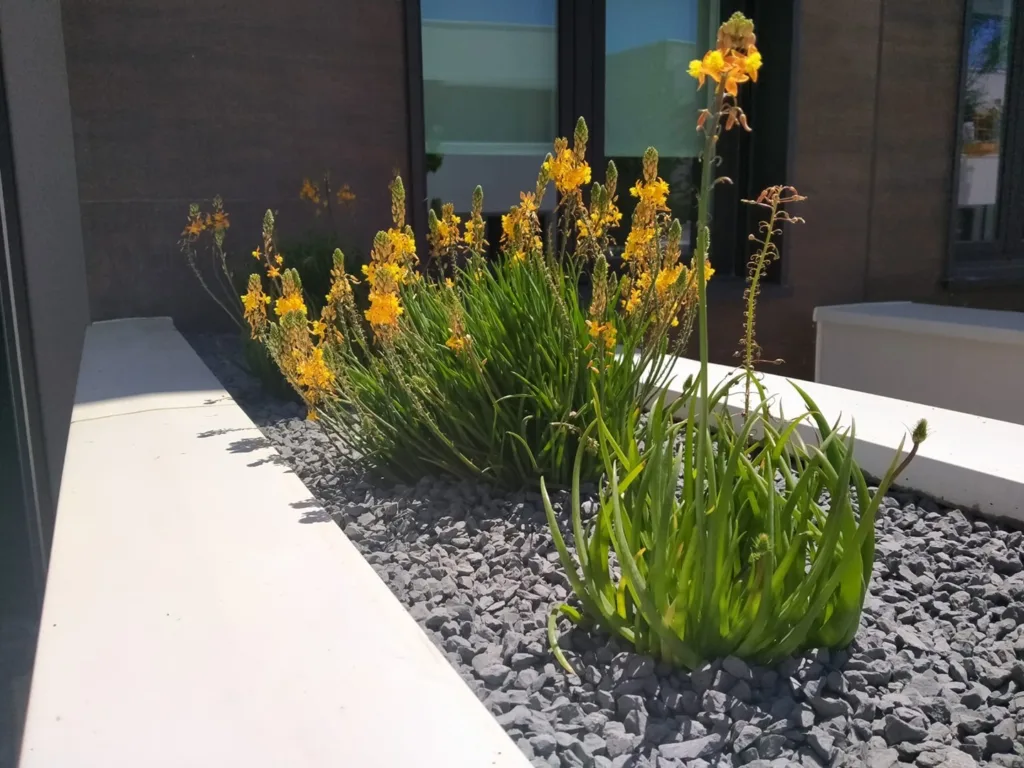FAQs About Aglaonema Spitfire: My Personal Experience
When I first encountered Aglaonema Spitfire, I was drawn in by its striking foliage and low-maintenance appeal. As I delved into caring for this plant, I found several common questions cropping up. In this article, I’ll address these FAQs based on my experiences and share some insights on how to keep this beautiful plant thriving.
26 Species in Genus Aglaonema
What is Aglaonema Spitfire?
Aglaonema Spitfire is a variety of the Aglaonema genus, known for its colorful and patterned leaves. It’s a popular choice for indoor gardening due to its attractive appearance and ease of care. The Spitfire variety features vibrant green leaves with striking red veins and a speckled, silver-green pattern that adds a unique touch to any space. This plant is also known for its air-purifying qualities, making it a great addition to home or office environments.
How to Care for Aglaonema Spitfire?
Caring for Aglaonema Spitfire is relatively straightforward, which is one of the reasons I love it so much. Here are some key care tips:
Light Requirements
Aglaonema Spitfire thrives in low to medium light conditions. I’ve found that it does best away from direct sunlight, which can cause leaf burn. A spot with filtered light or a few feet away from a north or east-facing window is ideal. While it can tolerate low light, its colors may not be as vibrant in darker conditions.
Watering
One of the easiest aspects of caring for Aglaonema Spitfire is its watering needs. I let the top inch of soil dry out before watering again. Overwatering can lead to root rot, which I’ve experienced firsthand. During the winter months, the plant requires less water, so I reduce the frequency accordingly.
Soil and Potting
Aglaonema Spitfire prefers well-draining soil. I use a standard houseplant mix with added perlite for improved drainage. It’s important to avoid heavy, clayey soils that can retain too much moisture. Repotting is generally needed every 2-3 years or when the plant outgrows its pot. I’ve found that using a slightly larger pot helps accommodate growth and ensures the roots have ample space.
Temperature and Humidity
This plant enjoys warm temperatures, ideally between 65°F and 80°F (18°C to 27°C). I’ve noticed that it does well in average household humidity but appreciates occasional misting or a pebble tray in drier environments. It’s best to keep Aglaonema Spitfire away from drafts and sudden temperature changes.
How to Propagate Aglaonema Spitfire?
Propagating Aglaonema Spitfire is a fun and rewarding process. I usually propagate this plant using stem cuttings, and here’s how I do it:
Steps for Propagation
- Select a Healthy Stem: Choose a stem that’s healthy and has a few leaves. Make a clean cut just below a node.
- Prepare the Cutting: Remove the lower leaves to expose the node and ensure no leaves are submerged in water or soil.
- Rooting Medium: Place the cutting in a container with water or directly in a moist, well-draining soil mix. I’ve had success with both methods, though soil tends to be a bit quicker for root development.
- Provide Proper Conditions: Keep the cutting in a warm, humid environment with indirect light. It usually takes a few weeks for roots to develop.
Transplanting
Once the roots are about 1-2 inches long, I transplant the new plant into its own pot with a suitable houseplant mix. This step ensures that the young plant has the nutrients and space needed to grow.
What to Plant with Aglaonema Spitfire?
Aglaonema Spitfire pairs well with various other houseplants. I often place it alongside plants like Peace Lilies, Snake Plants, or Pothos. These companions share similar care requirements, such as low to medium light and moderate watering needs, which simplifies maintenance. Combining Aglaonema Spitfire with plants that have contrasting textures or colors can create an appealing and dynamic indoor garden.
Common Problems and Solutions
Despite its robustness, Aglaonema Spitfire can face a few issues. Here are some common problems I’ve encountered and how to address them:
Yellowing Leaves
Yellowing leaves are often a sign of overwatering. I’ve found that adjusting my watering routine and ensuring the soil drains well usually resolves this issue.
Pests
Pests like spider mites and aphids can occasionally be a problem. Regularly inspecting the plant and treating infestations with insecticidal soap or neem oil has worked well for me.
Leaf Drop
Leaf drop can occur due to sudden changes in light or temperature. To prevent this, I maintain a stable environment and avoid moving the plant around too much.
Conclusion
Aglaonema Spitfire is a fantastic addition to any indoor garden. With its striking foliage and minimal care requirements, it’s perfect for both novice and experienced plant enthusiasts. By following these tips and addressing common issues promptly, you can enjoy a healthy and vibrant Aglaonema Spitfire in your home for years to come.
If i die, water my plants!



